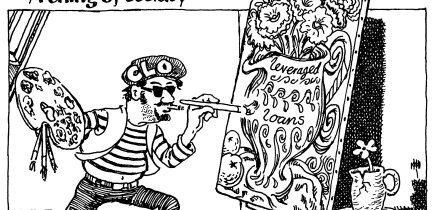Scottish Widows Investment Partnership will put roughly 10% of its £3-4 billion actively managed fixed-income portfolio into subordinated bank debt once spreads between tier-one and lower tier-two bank debt hit 70 basis points over gilts. He declined to offer a prediction as to when this might occur. Gareth Quantrill, Edinburgh-based investment manager, says the investment manager had reduced its allocation to subordinated bank debt about a month ago because valuations looked too stretched. Spreads have moved quite dramatically--from 50 to 60 basis points over gilts--since.
Quantrill will also keep an eye on the equity markets before going back into subordinated bank debt. Poor equity markets could prompt U.K. banks to fund growth by issuing debt instead of funding through equity rights issues.
Quantrill notes that too much bank paper would not make for a good case for investing in subordinated debt, but once the equity market stabilizes, sub debt should perform.
Scottish Widows tends to buy the major U.K. retail banks, which are usually more profitable than European banks. Quantrill gave HBOS, Barclays and Lloyds TSB as examples of names the firm has bought in the past. Scottish Widows also invests in the top one or two European banks that can match U.K. banks in terms of return on equity.
Scottish Widows manages approximately £7.5 billion in corporate credit. While Scottish Widows invests in primarily in sterling-denominated investment-grade bonds, it also invests in dollar- and euro-denominated investment grade as well as some high-yield debt. The firm principally uses the Barclays Capital sterling investment-grade indices.





